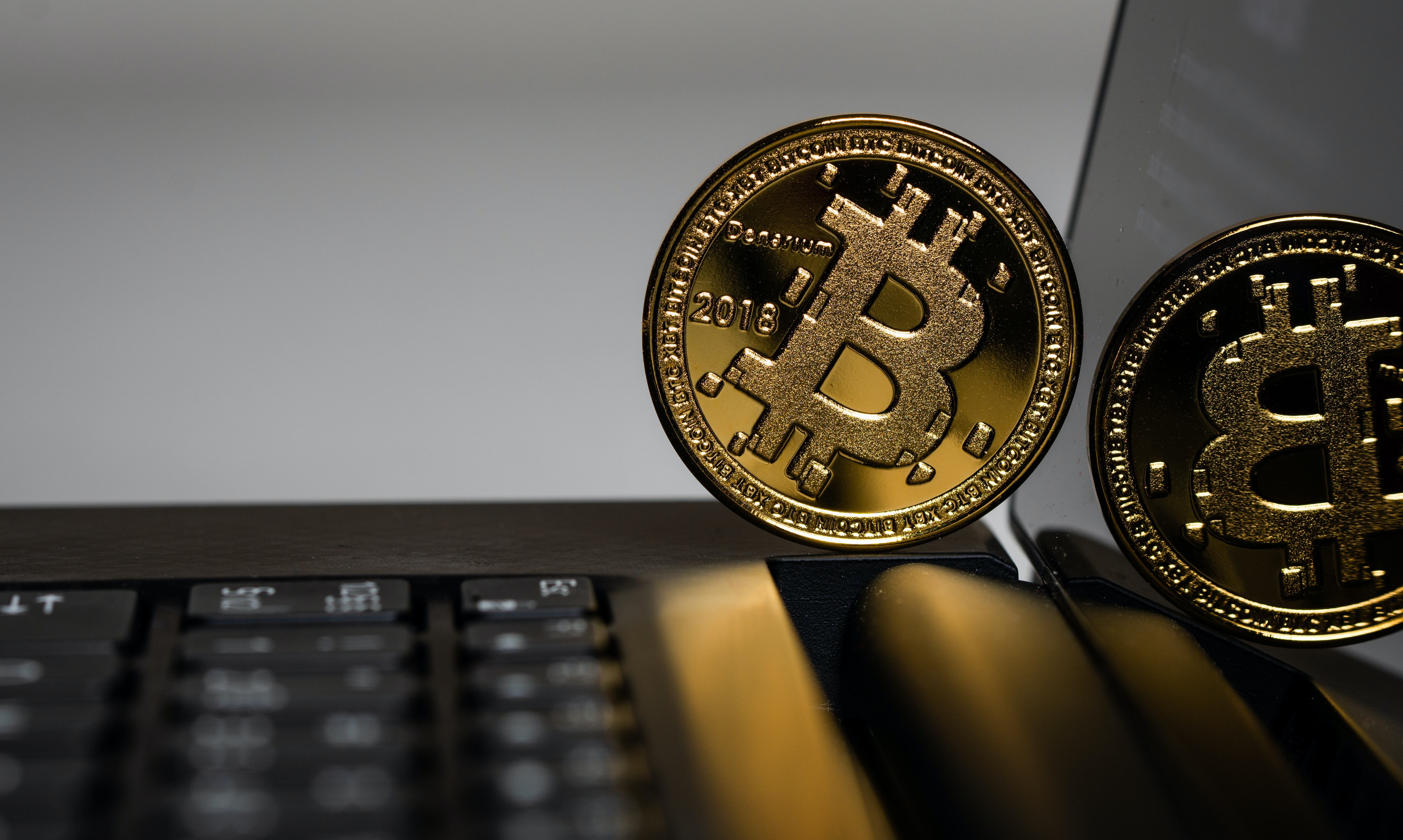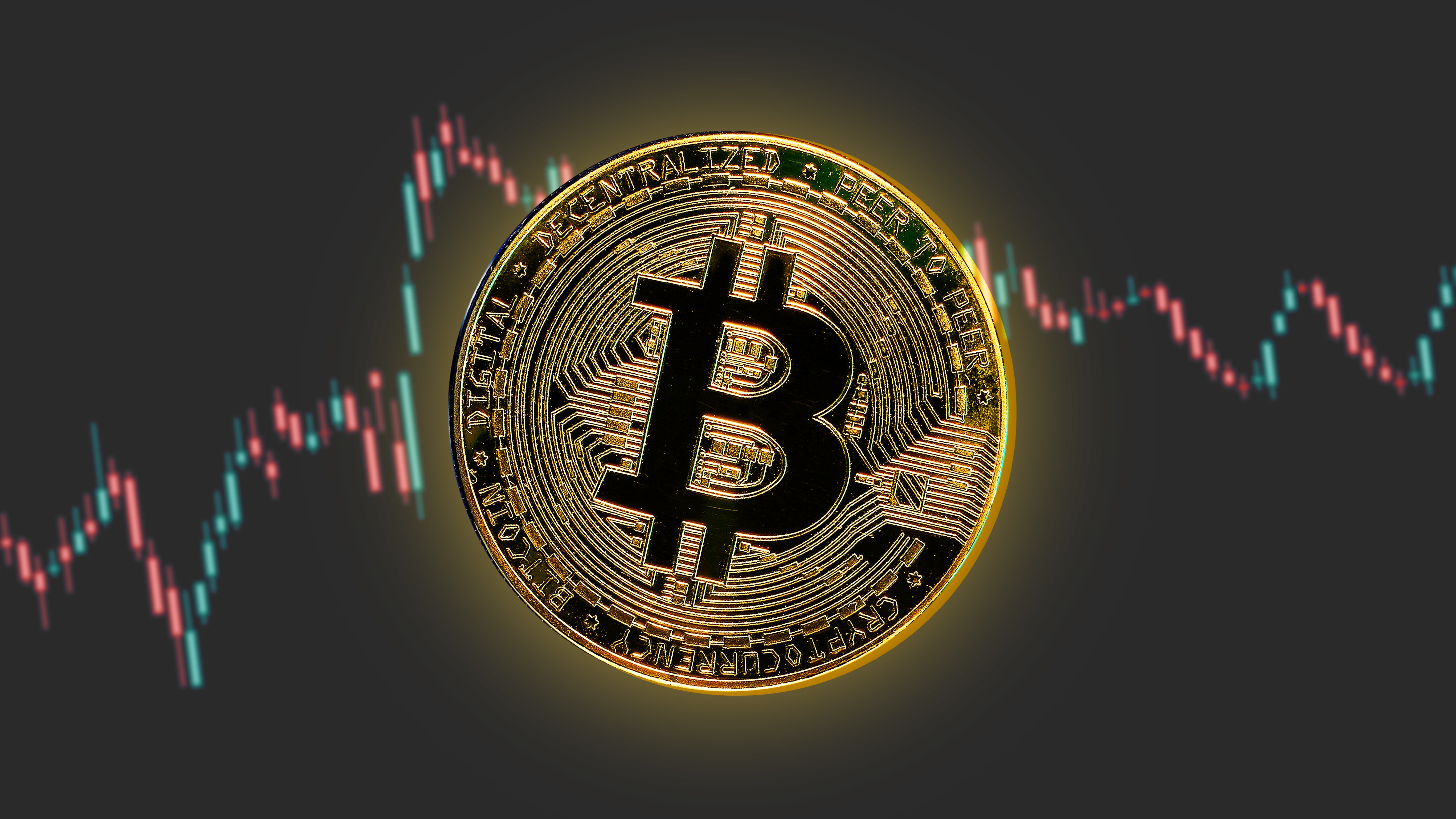How the Global Financial Crisis Birthed A Decentralised Movement

Content Table:
4. The Appeal of Cryptocurrencies
1. Introduction
The Global Financial Crisis of 2008 was one of the most significant economic events of the modern era. It was a wake-up call for governments and financial institutions around the world, reminding them of the dangers of a centralised financial system, poor practices and the need for alternatives.
One of the key responses to the crisis was the birth of the cryptocurrency industry. In this article, we will explore the ways in which the GFC gave birth to the crypto revolution and how this new technology is changing the face of finance.
2. The GFC Lead-up

In the years leading up to the GFC, the world's financial system had become increasingly complex and interconnected - beyond that, large institutions were engaging in higher risk financial activities under the belief that they were too big to fail.
A handful of large banks and financial institutions had become too big to fail, and their risky practices threatened to bring down the entire system.
When the crisis hit, a big catalyst being people defaulting on their mortgages, it became clear that the traditional financial system was not equipped to deal with such a shock and the contagion effect, due to the high levels of interconnectedness, spread far and wide.
Governments were forced to bail out banks with taxpayer money, and the public lost faith in the institutions that were meant to protect their savings.
3. The Birth of Bitcoin

In the midst of the crisis, a mysterious figure named Satoshi Nakamoto published a whitepaper outlining a new kind of currency called Bitcoin - something that was the antithesis of the fragile incumbent we all know as fiat.
This decentralised, digital currency promised to be secure, transparent, and free from the control of governments and financial institutions and ultimately an alternative to the traditional financial system. This eventually caught the attention of people around the world.
4. The Appeal of Cryptocurrencies

In the years following the GFC, the appeal of cryptocurrencies grew rapidly.
People saw them as a way to protect their savings from the whims of centralised financial institutions, and as a way to participate in a new, decentralised financial system.
The anonymity of transactions and the lack of government control also appealed to those who were skeptical of traditional finance, and valued privacy and sovereignty.
5. The Rise of Altcoins

Bitcoin was just the beginning. As the crypto industry grew, new cryptocurrencies were created with different features and goals.
Ethereum, for example, introduced the concept of smart contracts, which allowed for the creation of decentralised applications. Other cryptocurrencies like Litecoin and Ripple aimed to improve upon Bitcoin's technology and make it more accessible to the masses.
And between 2009 to 2023, we have seen the cryptocurrency grow from merely one coin - that being the evolution of money, Bitcoin - to thousands of different tokens built upon variety of different chains, such as Ethereum, Binance, Polygon and Solana, just to name a few.
6. Enter Web3
The crypto revolution sparked a wave of innovation in the tech industry, and one of the most exciting developments has been the growth of Web3.
Web3 is the next evolution of the internet, and it's being built on blockchain technology. Web3 has the potential to transform the internet as we know it by creating a more decentralised, user-controlled web.

Unlike the current web, which is controlled by a handful of tech giants, Web3 is designed to be more democratic, giving users greater control over their data and online identity.
One of the key features of Web3 is the use of decentralised applications (dApps). These are applications that run on the blockchain, and they offer a range of benefits over traditional apps.
For example, dApps are more secure and transparent than traditional apps, and they can't be censored or shut down by any central authority.
Another important aspect of Web3 is the use of decentralised finance (DeFi) platforms. DeFi platforms are built on blockchain technology, and they allow users to access financial services without the need for traditional intermediaries like banks.
Read more about Decentralised Finance.
The growth of Web3 is still in its early stages, but it's already attracting significant investment and attention from the tech industry. Many experts believe that Web3 could be the next big thing in tech, and it has the potential to change the internet as we know it.
7. Conclusion
The GFC was a turning point for the world's financial system. It exposed the dangers of a centralised financial system, poor practices and reminded us of the need for alternatives. The birth of Bitcoin and the crypto industry was one of the most significant responses to the crisis, and it has led to a new era of finance and computing.
Web3 offers an alternative to traditional finance and how we connect online, and has the potential to change the world in ways that we can't even imagine yet.
Stay up to date with us:
- Twitter: https://twitter.com/B4Real_Official
- Facebook: https://www.facebook.com/b4realofficial
- Discord: https://discord.gg/PaWFVngZ
- Telegram: https://t.me/blacktiedigital
- Youtube: https://www.youtube.com/BlackTieDigitalOfficial
- Spotify: https://open.spotify.com/show/7JB76wKfBNBwBU7tCi61QP?si=mjAX8CVCRvakDLZgEGIYzw


